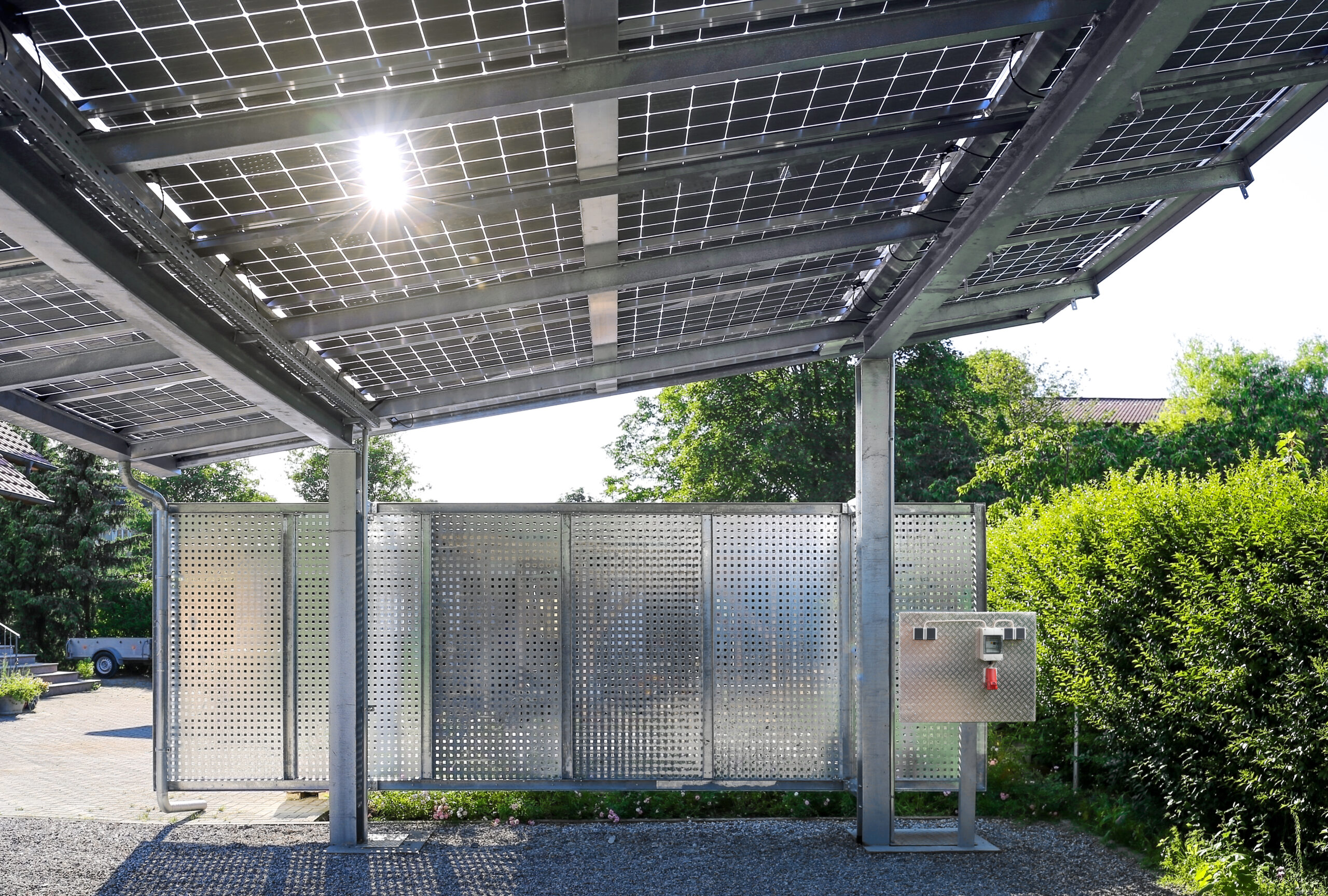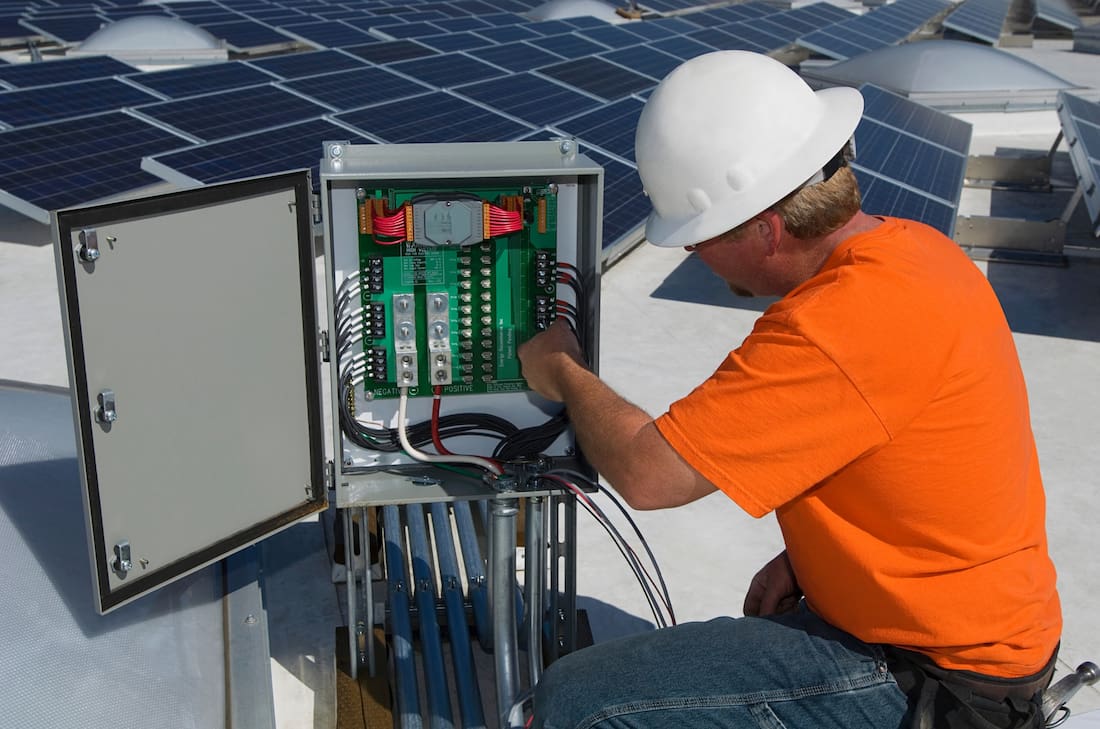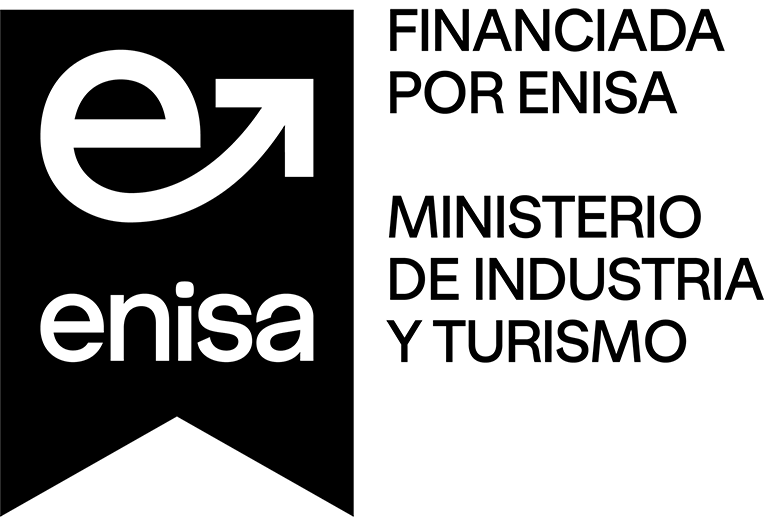La solar fotovoltaica cada día llega a más viviendas, empresas e industrias de todo tipo. Su flexibilidad permite que sea usada prácticamente en cualquier sitio, y por eso existe una gran variedad de componentes y elementos a disposición de los instaladores.
En este artículo vamos a repasar cuáles de estos componentes son los más usados en las instalaciones fotovoltaicas conectadas a red.
Componentes de una instalación solar conectada a red.
Las instalaciones fotovoltaicas conectadas a red son las más comunes en viviendas y pequeñas empresas. Este tipo de instalaciones buscan reducir la factura eléctrica consumiendo la propia energía que las placas solares generan, teniendo también la posibilidad de vender los excedentes. En los momentos en los que no se disponga de energía solar, usará la energía de la red, por lo que no suelen contar con baterías ni reguladores de carga.
Los principales componentes de una instalación de energía solar fotovoltaica conectada a red son:
- Paneles solares
- Optimizador de potencia
- Inversor de corriente
- Contadores eléctricos
- Dispositivos de protección y seguridad
- Cableado eléctrico
- Soportes
- Seguidores solares (opcional)
Vamos a ver cada uno de ellos.
Paneles solares.
Los paneles solares o paneles fotovoltaicos son los principales elementos de una instalación de energía solar fotovoltaica, como no podía ser de otra forma.
Los paneles solares se encargan de captar la luz solar y transformarla en electricidad en corriente continua (CC) gracias a las propiedades fotoeléctricas de sus células. Estas células están conectadas entre ellas para conformar cada panel o módulo que puede variar en tamaño y potencia, aunque para instalaciones en viviendas suelen tener un tamaño aproximado de unos 2 metros cuadrados y potencias entre los 200 y 400 W.
Los paneles a su vez se conectan entre sí para formar toda la parte de generación de electricidad de la instalación.
Optimizador de potencia.
Los optimizadores de potencia se encargan de mejorar el rendimiento de cada panel para que funcione a su máxima potencia posible. Cuando los paneles se conectan en serie, si uno de ellos presenta un problema de eficiencia puede afectar al rendimiento del resto de placas solares. Los optimizadores evitan que esto ocurra y que el mal rendimiento de un panel afecte al resto.
Estos componentes se colocan entre los paneles fotovoltaicos y el inversor de corriente, teniendo cada panel solar conectado un optimizador que después conecta al inversor.

Inversor de corriente.
El inversor de corriente es otro de los elementos clave de cualquier instalación solar. Su principal función es la de transformar la electricidad proveniente de los paneles (corriente continua) en electricidad que se pueda usar en la vivienda (corriente alterna), como la que recibimos de la red eléctrica.
Dependiendo del tamaño de la instalación habrá que elegir el tipo más conveniente de inversor. En el caso de inversores conectados a la red hay que asegurarse que la corriente alterna que generan sea idéntica a la de la red eléctrica (230 V y 50 Hz) para que no se produzcan perturbaciones en la red.
Contadores eléctricos.
Los contadores son una parte importante de la instalación, ya que son el elemento que nos permite medir tanto la energía consumida de la red como la energía vendida en forma de excedentes.
Para realizar esta tarea es necesario que el contador sea bidireccional, o bien tener varios contadores unidireccionales separados.
Dispositivos de protección y seguridad.
Es importante contar con elementos de protección y seguridad que eviten accidentes que puedan provocar daños a personas o a la propia instalación.
Dentro de esta categoría se pueden encontrar componentes como diodos de bloqueo, diodos de bypass, fusibles de protección, interruptores magnetotérmicos, diferenciales, varistores, elementos de puesta a tierra, etc.
Cableado eléctrico.
El cableado se diferencia en dos tipos: para la parte de corriente continua y para la de corriente alterna. El cableado de corriente continua suele tener doble aislamiento y una sección superior al de corriente alterna, ya que deben soportar una mayor intensidad de corriente.
Soportes.
La función de los soportes es importante. Por un lado se encargan de fijar las placas solares a la superficie donde se coloquen (tejado, cubierta, suelo, etc.) y evitar que puedan desplazarse en situaciones de viento, lluvia o nieve.
Además facilitan que se consiga la orientación e inclinación óptima para los paneles, algo que es fundamental para aprovechar al máximo la radiación solar.
Seguidores solares.
Son sistemas que permiten reorientar los paneles para que puedan seguir el movimiento del sol, aumentando así el rendimiento de la instalación. Su uso está más extendido en grandes plantas fotovoltaicas destinadas a la distribución más que en instalaciones de autoconsumo, pero son una opción a tener en cuenta.
Diseña instalaciones conectadas a red de forma rápida y eficiente.
El diseño y la configuración de una instalación es una de las fases más importantes, ya que de esto depende la capacidad de producción, el rendimiento y el coste (y con ello el periodo de amortización). Por eso contar con un sistema que facilite y agilice el diseño de la instalación en base a su ubicación real es una gran ayuda para las empresas instaladoras.
Wattwin permite diseñar una instalación real en menos de 3 minutos, teniendo en cuenta la orientación, inclinación y posición de los módulos para así generar presupuestos personalizados de forma rápida y eficiente. Si quieres más información, contacta con nosotros.
Haz crecer tu negocio con Wattwin
Solicita una sesión de asesoramiento y demo gratuita personalizada. Cuéntanos más sobre tu negocio y tus retos, nosotros haremos el resto.



